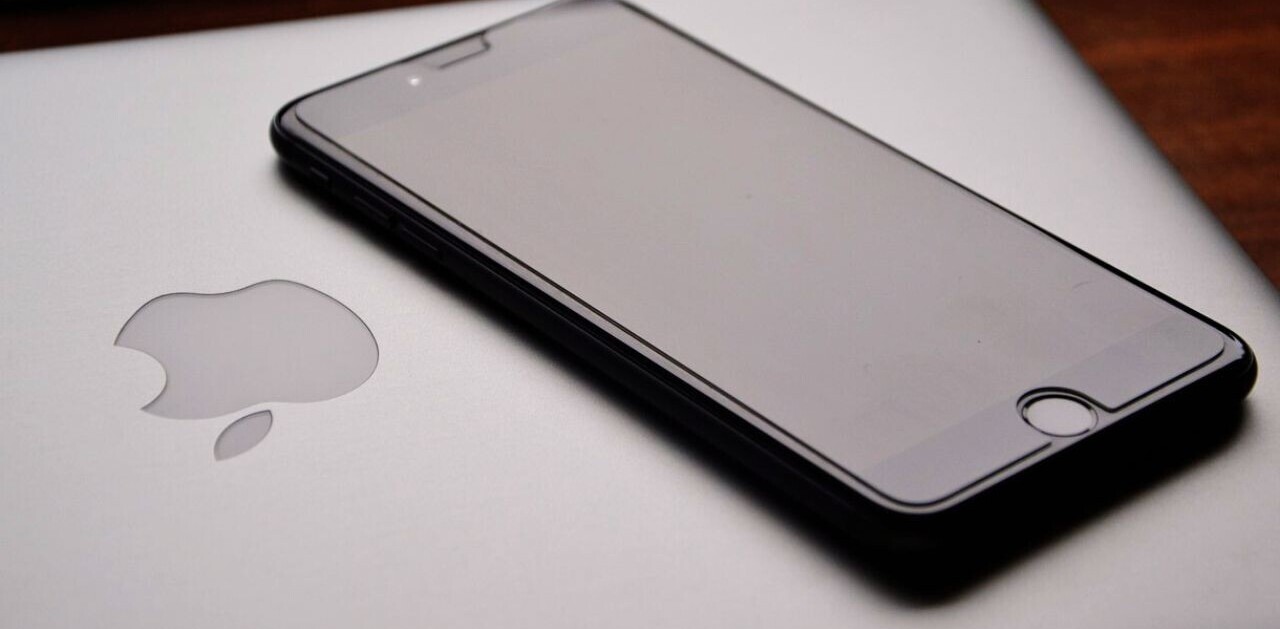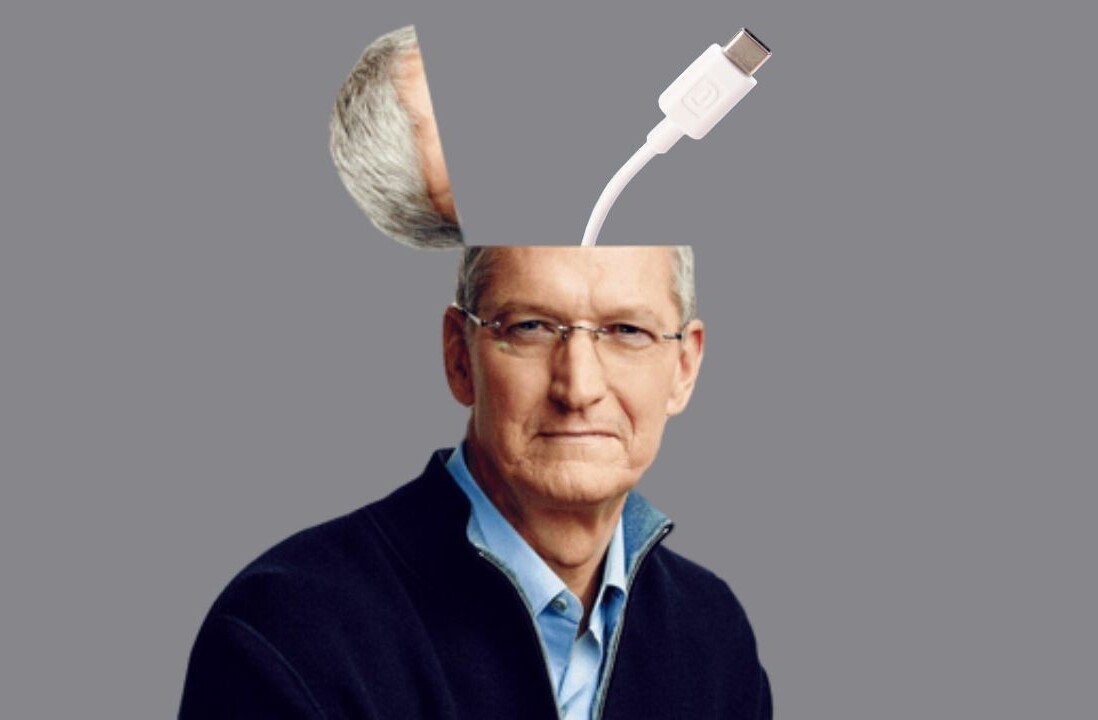
One of Apple’s first forays into the arena that we think of today as ‘mobile’ computing was the Newton MessagePad. As a pocketable, hand-sized device that was meant to be a a personal organizer, the MessagePad ended up being a long-winded failure for Apple, but it did plant some seeds for what would eventually become Apple’s mobile empire, including the iPhone and iPad.
Recently, at an SFTA event held at Citrix HQ, former Apple CEO John Sculley talked about the origins of the Newton and the ARMv6 processor, which was a joint venture between Apple, Acorn Computers and VLSI. The ARM6 was used as the processor for the first Newton MessagePad, as Apple needed a more power efficient CPU for its portable.
To give you an idea of how important the ARMv6 project was — the iPhone you’re holding still uses a derivative of the ARM core designed for the Newton.
The Newton — an internal Apple project headed up by Larry Tessler and Steve Capps — was a handheld PDA-like device who’s claim to fame became its silly handwriting recognition, but, as Sculley explains, the handwriting aspects of Newton were never meant to be a primary feature.
“Handwriting was never intended to be a very important aspect of it,” says Sculley. “It was really much more about the fact that you could hold this thing in your hand and it would do a lot of the graphics that you would see on the Macintosh.”
He also talks about wireless technology, which was nearly nonexistent at the time. “These were people knowing where the future was going,” he says, “but there was just not a lot you could rely on [to work].”
“No microprocessor existed that would allow you to do graphics-based software,” says Sculley, talking about the origins of the ARM project. Larry Tessler was the one who came up with the plan for Apple to design its own microprocessor, something that it is still doing today with the iPhone 5’s custom-designed A6 processor with manually laid out cores.
The section on ARM and the Newton is well worth a watch if you’re interested in the origins of Apple as a mobile company and Sculley’s entire segment is a good listen for his advice about companies and early stage innovation:
Thanks to panel moderator Chris Fleck for the video and Shrine of Apple for the lovely Newton MessagePad images.
Get the TNW newsletter
Get the most important tech news in your inbox each week.






